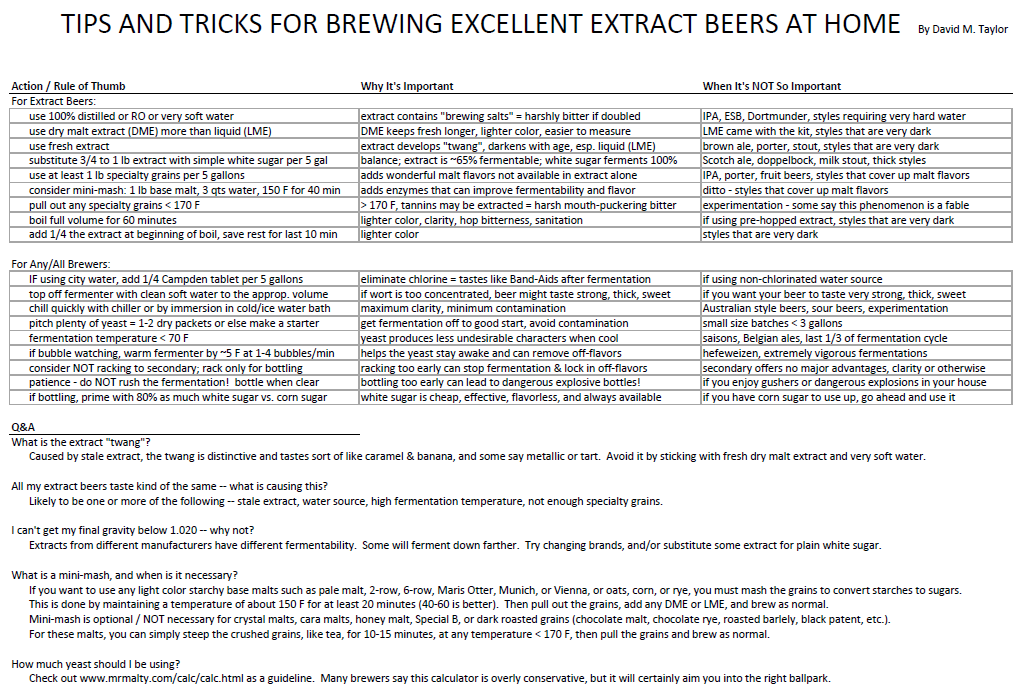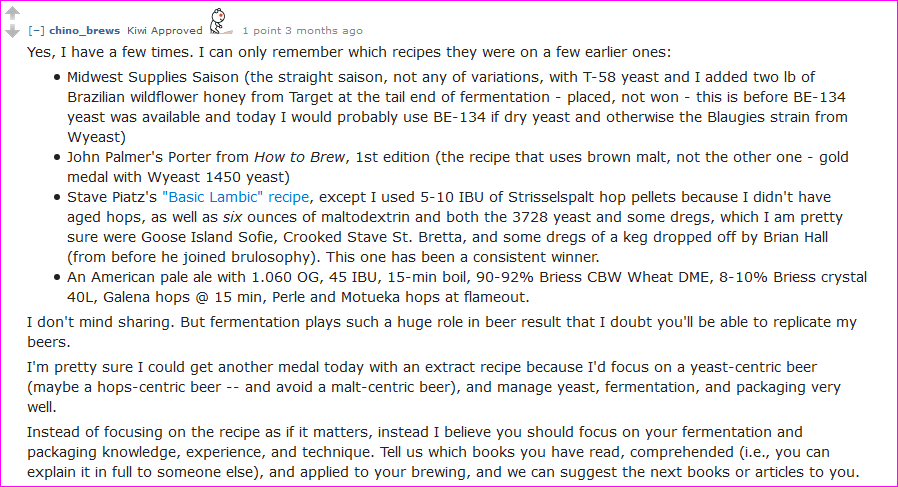Is there a date stamped on the cans of LME that come with the kits? Are they
labeled cans (Briess) or filled from bulk?
NB must have a large turnover, I'd doubt there's a ton of extract sitting around for very long getting old, but it's worth checking.
If your water has "higher alkalinity" (and thus higher pH, above 5.8) there's a (small) chance that steeping grains can extract some tannins from the husk material, while higher steeping temps (above 155-160F) could increase that. That could result in some astringency in the resulting beer. But it's a small amount of grain, so the tannin contribution would be small too.
Extract twang has been addressed many times before, and AFAIK only in reference to LMEs, not DMEs. Something tangible must exist, it's not just you.
The strangest thing is, one would expect LME to actually taste
better than DME since it's less processed. From what I understand DME is produced from LME in a subsequent process. Briess used to have a process schematic on their site that points to that. Now it's very likely, and makes most sense, DME is produced
directly after the concentration to LME, not after being stored for a few weeks first. Storage of LME can very well be the issue of the unwanted difference in flavor between the two. We probably all know that old LME does not make good beer. But can even the freshest LME straight from the wort concentrator make beer as good as DME or AG?
Or DME is produced from LME in an earlier or different stage, not necessarily from the thick syrup we're familiar with. In that case the super concentration stage could also be a cause of the change in flavor. Then time (age) only makes it more prominent.
Note:
Wort concentration is achieved through
vacuum evaporation, and for process efficiency sake it's likely that heat is applied, but to what temps?
These graphs and calculator are for plain (distilled) water, not a sugary solution for which boiling temps are higher:
https://www.engineeringtoolbox.com/water-evacuation-pressure-temperature-d_1686.html















![Craft A Brew - Safale S-04 Dry Yeast - Fermentis - English Ale Dry Yeast - For English and American Ales and Hard Apple Ciders - Ingredients for Home Brewing - Beer Making Supplies - [1 Pack]](https://m.media-amazon.com/images/I/41fVGNh6JfL._SL500_.jpg)













































